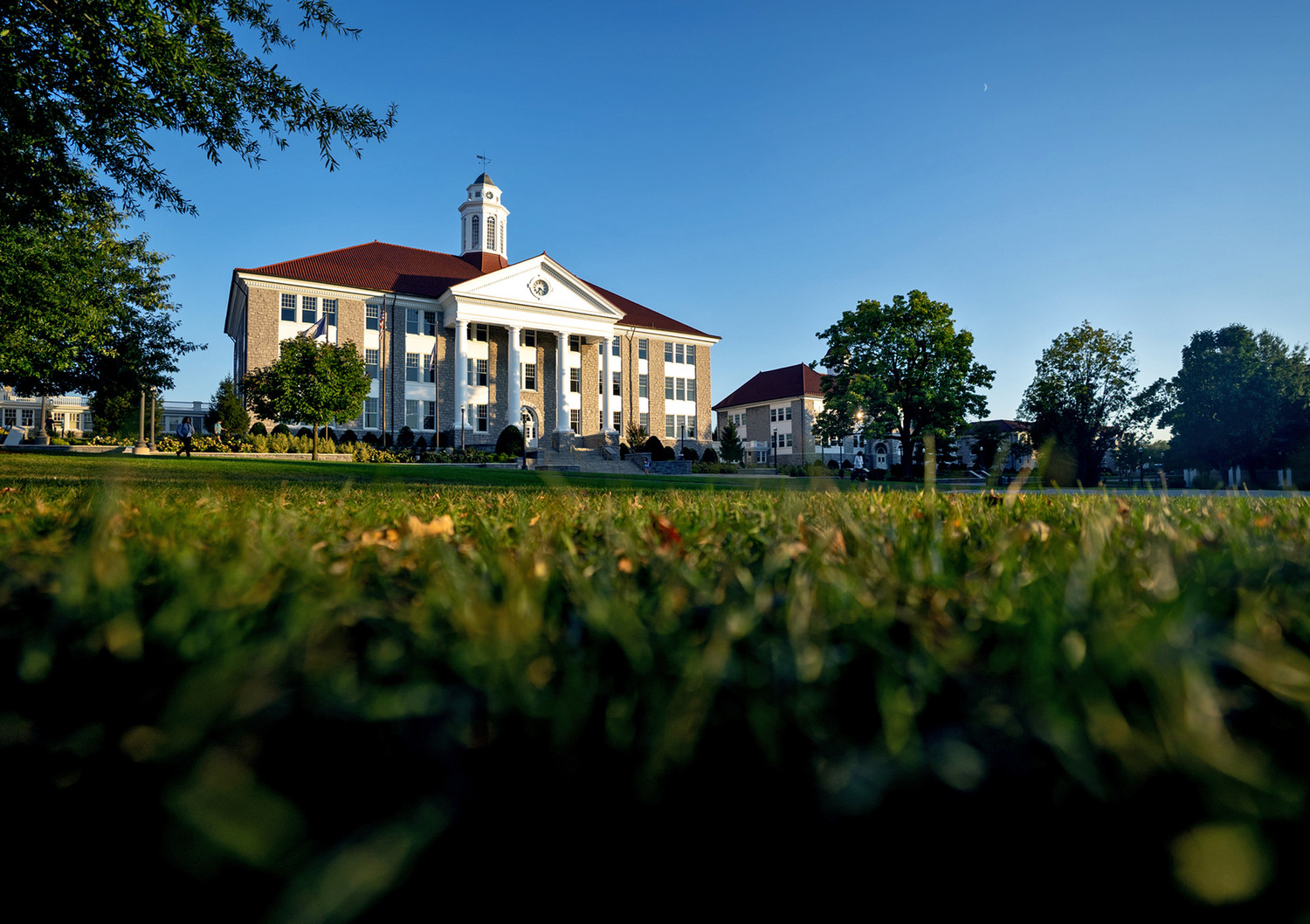Karah Nazor’s (’99) love of science, swimming and teaching intersected at JMU, where she majored in biology, minored in gerontology and swam for the Dukes as a student-athlete.
In 2008, she swam the English Channel, completing the approximately 21-mile solo swim from England to France in 12 hours and 28 minutes. Since 1875, just 1,638 people have completed the distance solo, according to the Channel Swimming Association.
Nazor teaches science research, general biology, marine biology, molecular biology and environmental science at the McCallie School in Chattanooga, Tennessee, her hometown.
She remains an open-water swimmer and is race director of Swim the Suck, a 10-mile swim in the Tennessee River Gorge that annually attracts 100 swimmers from 35 states.
In summer 2019, the Pacific Ocean became Nazor’s lab when she embarked on a Teacher at Sea adventure through the National Oceanic and Atmospheric Administration. Her blog about the experience can be found here.
Nazor recently shared her perspectives on science, swimming and JMU with Madison.
Madison: Marine biology and open-water swimming. There seems to be a connection.
Karah Nazor: I do love water. Swimming in the drink. When I was a kid, we always had a little round above-ground pool in my backyard. I joined a competitive swim team when I was 7. Sadly, the 50-meter pool has now become a Walmart. If it was not there when I was little, I would not have gotten to swim for JMU nor would I be the person who I am today.
Madison: Why did you swim the English Channel?
Nazor: With many endurance athletes, the motivation to train is enhanced if you have an event or race for which you are training. When I swim, I count my strokes in sets of three. When I swam the English Channel, I counted to three around 15,000 times in a row. Somewhere around the 7,000th time of counting to three, I entered a mental state where my mind was not occupied by any thought or emotion at all, and my body instinctively pulled me through the water, one stroke at a time, toward France.
Madison: What do you love most about teaching?
Nazor: I am trained as a researcher, and am now teaching science at McCallie, an all-boys college preparatory school. I like to take my students outside to enjoy nature. I also love when my students hang around after the day has ended, just to talk, you know, about life.
Madison: A lot is expected of Teacher at Sea participants after their return. How have you met the requirements?
This type of professional enhancement is crucial for me as an educator, simply because I am better able to engage my students. I actually have my own stories to tell my students on this subject because I was there and participated in this research, I held these fish with my hands, and have photos and videos to show my students. When my students ask questions, I know the answer because I was there with the marine biologists! Heck, I was a marine biologist!
I am currently working on constructing a lesson that adheres to the National Science Teachers Association guidelines, promotes the research initiatives of NOAA and is fun for both teachers and students.
Madison: Any favorite or especially influential faculty members/coaches at JMU?
Nazor: You better believe that I model my teaching and attitude after JMU’s Charles Ziegenfus. [Editor’s Note: Ziegenfus is a professor emeritus of mathematics and statistics and an adjunct professor in the Department of Biology who teaches ornithology with a field component.] Zig’s class is flagrantly the best class I have ever taken, and ever since I have been able to recognize common birds of North America that frequent lakes, rivers, forests and beaches.
